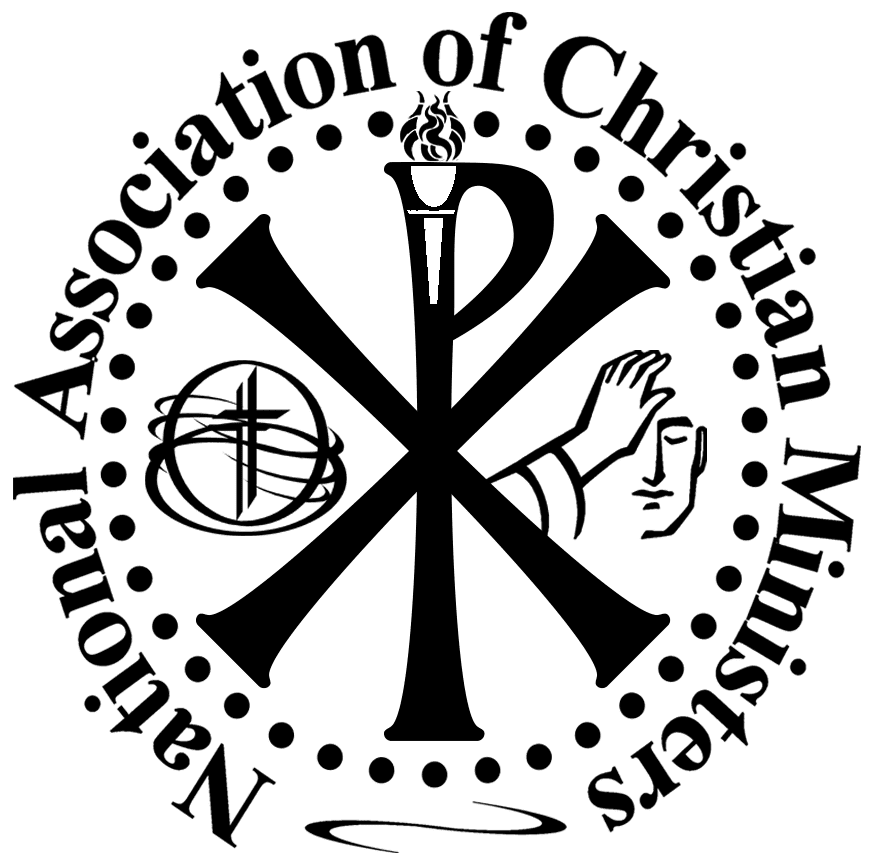
National Association of Christian Ministers Summary Series: Theology
The Festival or Feast of Tabernacles, also known as Sukkot or the Feast of Booths, is a significant festival observed in the Old Testament of the Bible. It is one of the three major pilgrimage festivals of ancient Israel, along with Passover and Shavuot (Feast of Weeks).
The Feast of Tabernacles is described in Leviticus 23:33-43 and Deuteronomy 16:13-15. It was a week-long celebration that took place in the fall, following the Day of Atonement (Yom Kippur). The festival commemorated the Israelites’ journey through the wilderness after their liberation from slavery in Egypt and their dwelling in temporary booths or tabernacles.
During the Feast of Tabernacles, the Israelites were commanded to build temporary dwellings, or sukkahs, made of branches and foliage. These sukkahs were meant to remind them of the temporary shelters their ancestors lived in during their time in the wilderness. The Israelites would dwell in these booths for the duration of the festival, eating, sleeping, and rejoicing in them.
The festival was marked by various rituals and activities, including the offering of sacrifices at the Temple in Jerusalem, the recitation of specific prayers and psalms, and the gathering of people for communal meals. It was a time of joy and celebration, and the Israelites were commanded to rejoice before the Lord during this festival.
The Feast of Tabernacles had agricultural significance as well. It coincided with the end of the harvest season, particularly the ingathering of crops, and served as a time of thanksgiving to God for the abundant blessings of the land.
Overall, the Feast of Tabernacles was a time for the Israelites to remember their past, express gratitude for God’s provision, and look forward to the future fulfillment of God’s promises. It held both historical and agricultural significance, and it emphasized the themes of dwelling in temporary shelters, unity, and rejoicing.




